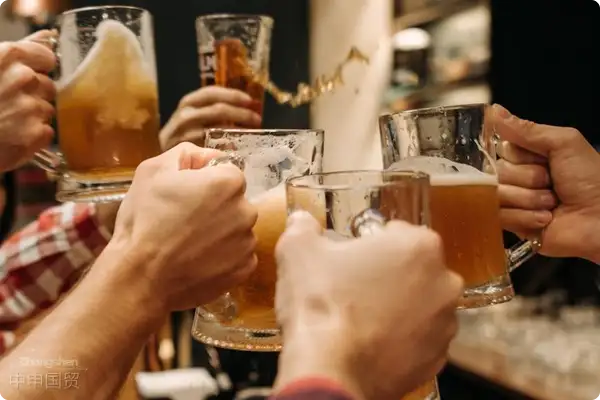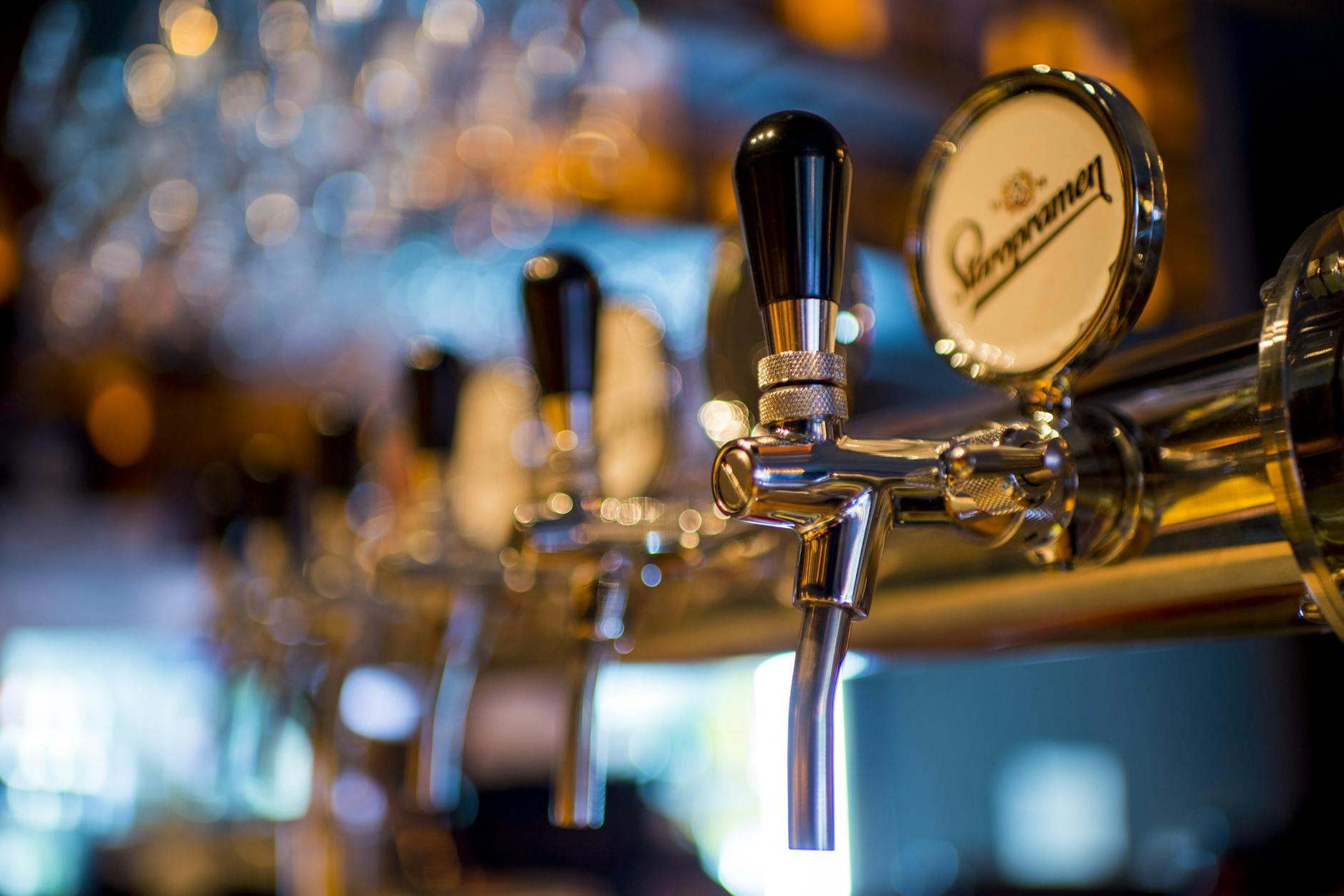- Shanghai Zhongshen International Trade Co., Ltd. - Two decades of trade agency expertise.
- Service Hotline: 139 1787 2118

When craft beer meets family-sized packaging: A new blue ocean for traders.
An interesting trend over the past three years: Orders for 3L beer kegs in domestic craft beer bars have increased by 237%, while importers inventory turnover rates are generally lower than standard canned products. As a veteran who has handled 32 beer import projects, Ive discovered three key opportunities behind this phenomenon:
- The home consumption revolution: Weekend home gatherings and sports viewing have shifted beer consumption from 500ml to 3L.
- Upgraded foodservice channels: Beer-paired meal sets in Western restaurants drive whole-keg sales.
- Cost advantages emerge: Per-liter logistics costs are 41% lower than 330ml cans.
Practical guide to avoiding customs pitfalls
Last year, I handled a typical case for a Shenzhen client: A shipment of German 3L wheat beer kegs was detained at the port for 27 days due tomissing internal packaging pressure test reports. Here are three key customs clearance points:
- The mystery of HS code classification: Regular beer uses 22030000, but special ingredients may require sub-categories.
- For example, added fruit ingredients may trigger other tariff codes.
- Packaging certification pitfalls:
- Kegs require EN12709 sealing certification.
- PET kegs must comply with GB 4806.7 food contact standards.
- The shelf-life dilemmaControl within 4 months from filling date to China warehouse
Three axes of supply chain optimization
Compared with traditional canned beer, 3L packaging requires more refined supply chain management:
| Link | Traditional canning | 3L keg |
|---|---|---|
| Transportation method | standard containers | Constant temperature container (12-15℃) |
| Loading and unloading equipment | Standard pallet | Anti-tipping special rack |
| Inventory turnover | 90 days | 45 days |
Special reminderSecondary filling trapSome overseas breweries use bottle-first then nitrogen injection technology, which reduces shelf life by 30%
Three major pitfalls traders often encounter
- Blind pursuit of alcohol contentExceeding 5%vol may trigger additional testing
- Neglecting keg opening time limitNitrogen-sealed packaging has only 72-hour shelf life after opening
- Misjudging terminal storage capacity70% of catering customers lack professional refrigeration equipment
Success case study
A coastal trading company achieved monthly sales exceeding 10,000 barrels through three improvements:
- AdoptSplit-type keg lid designSolved opening and storage issues for catering channels
- Established in Qingdao PortConstant temperature transit warehouseShortened delivery time in East China region
- DevelopedKeg recycling systemReduce packaging costs by 30%
Final advice for beginners: Find an agent like us who understands bothhopsandCustoms declaration formis far more important than blindly pushing for lower prices. After all, ensuring a barrel of craft beer perfectly reaches the consumers table after crossing oceans requires twenty years of experience, not just low prices.
Related Recommendations
Category case
Get in Touch
Email: service@sh-zhongshen.com
Related Recommendations
Contact via WeChat

? 2025. All Rights Reserved. Shanghai ICP No. 2023007705-2  PSB Record: Shanghai No.31011502009912
PSB Record: Shanghai No.31011502009912









